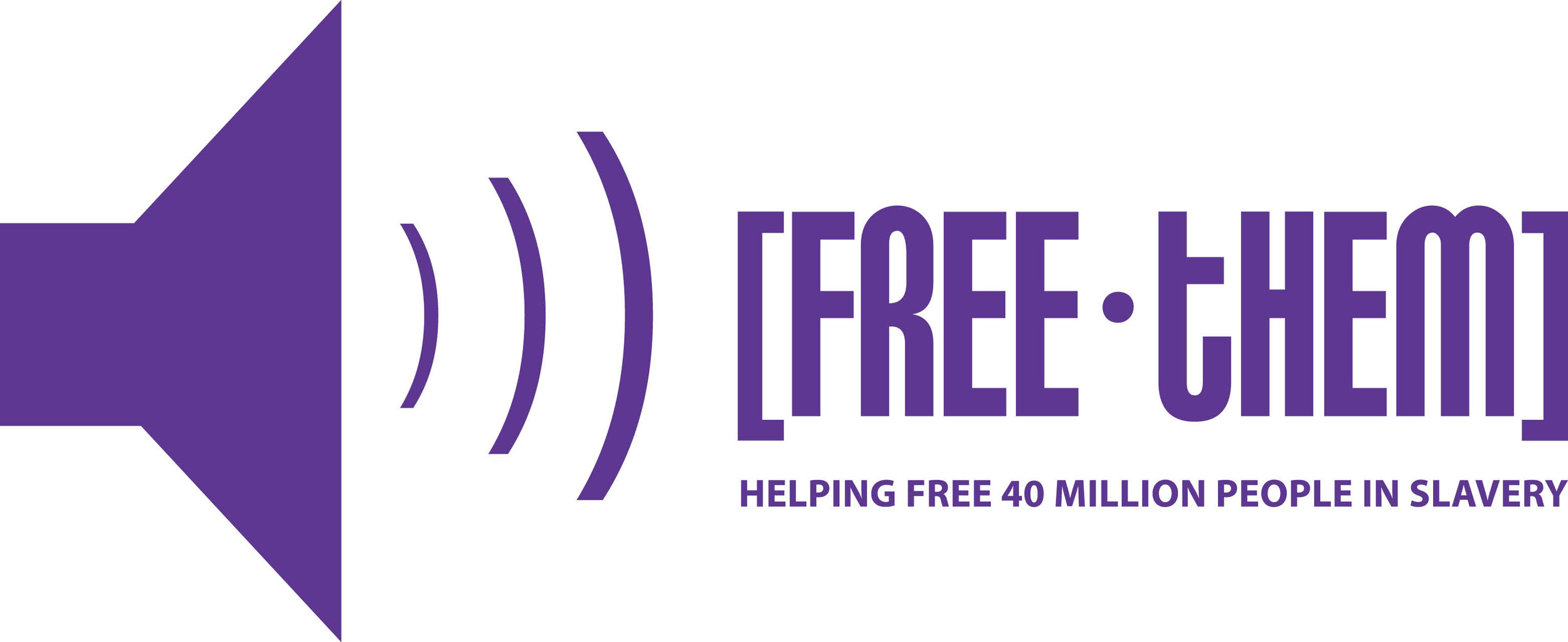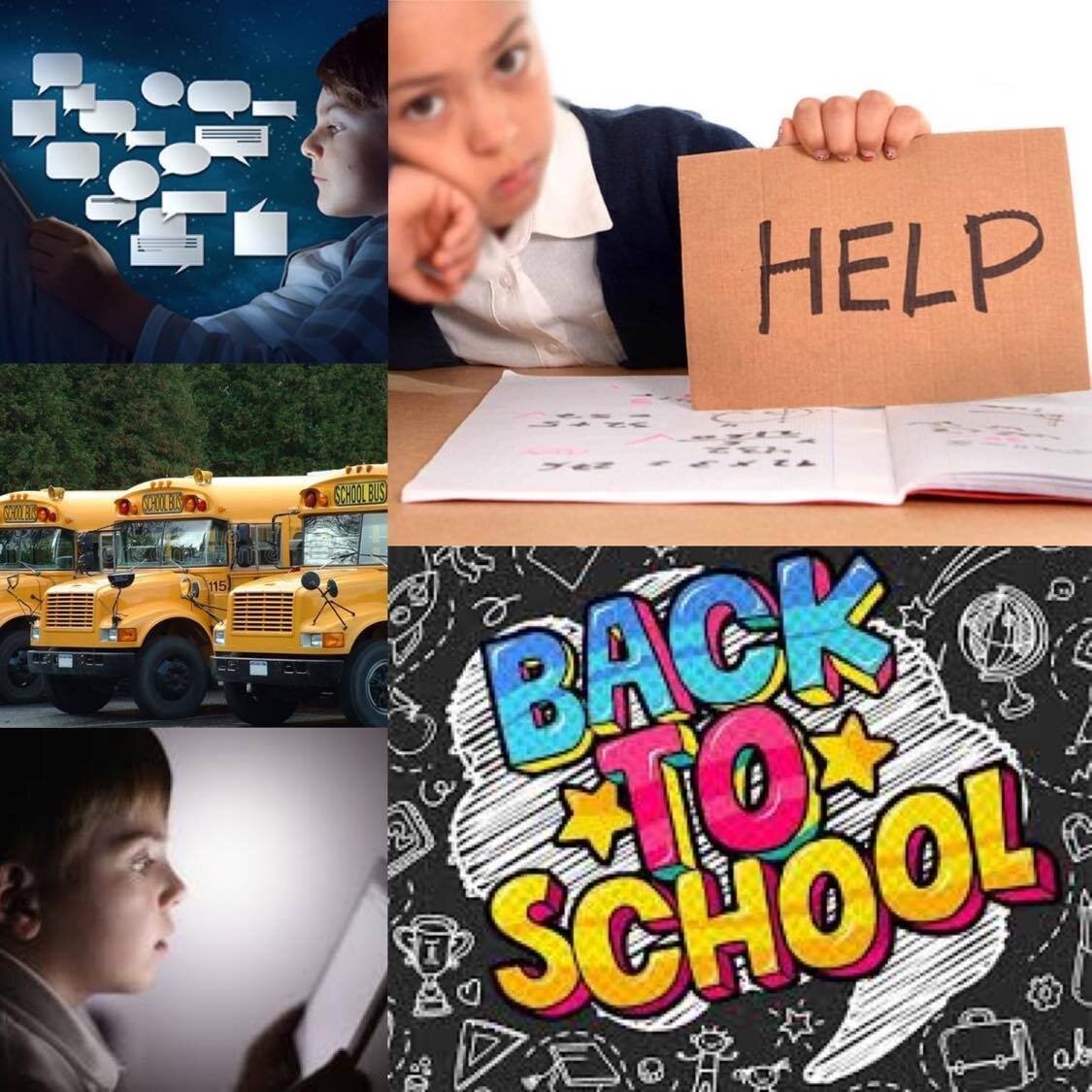Back to School 2020 – A Parent’s Guide on How to Talk to Your Kids About Sex Trafficking and Exploitation (Part 2 of 2)
True or False? 82% of children are exposed to inappropriate material online by age 11?
The answer: True.
Given this alarming statistic, it’s important to always know where your kids are, what they are doing, who they are hanging out with, who they are talking to, and most importantly, what they are doing on the Internet, even when you are (or aren’t) in the same room with them.
As far as knowing where your child is, most Apple devices allow you to share your child’s location with your device indefinitely. If using this feature on an Apple device, make sure to lock their ability to turn this feature off, which you can do under the “Screen Time” setting. Android devices have the location feature built into the Family Link app. This will allow you to locate your child’s device in an emergency, in a large crowd, or just for peace of mind.
As parents it’s not always easy to know who your child is talking to or hanging out with. You think you know. But do you really? You want to teach them to be independent and make smart decisions but they’re kids, they’re going to make mistakes, but let’s face it we all do. But how can we best protect them without keeping them in a bubble their whole life or from making mistakes either they or we can’t undo?
How do we teach them about the dangers of human traffickers? First things first, we as parents must know how a trafficker gets to your kids in the first place. The most common place of all is known as the World Wide Web aka Internet. So what do parents need to know? Let’s start with how the trafficker picks his/her target. Often times a trafficker targets their victim(s) who have a noticeable vulnerability. This can be emotional, economic or low self-esteem just to name a few.
Next, the trafficker is going to gain trust and information from their victim(s). This is a key element in grooming them and can be done through casual conversation in person and/or social media. The information gained allows the trafficker to fill a need in the victim’s life making the victim dependent on them in some way, either by spoiling them with gifts, providing friendship, a romantic relationship and/or buying alcohol and/or drugs for them. Once they trafficker has obtained the trust they need from their victims they begin to play a major role in the victim’s life and will attempt to distance the victim from their friends and family. By this time, the victim is sucked into a world of deceit and usually feels as if there is no way out and must comply with the demands of the trafficker where they are likely controlled through threats, violence, fear and blackmail and ordered to “repay” the trafficker with sex (in most cases) for the gifts, meals, etc., provided to the victim.
Know the warning signs of sexual abuse and sexual exploitation:
Many children who are trafficked have a history of sexual abuse from earlier in their childhood. Noticing the warning signs can help children receive the services they need so they are not further victimized.
Many children who are trafficked have a history of sexual abuse from earlier in their childhood. Noticing the warning signs can help children receive the services they need so they are not further victimized.
Signs in younger children include gradual or sudden changes in behavior, cruelty to others and pets, recurring nightmares and disturbed sleep patterns, unusual interest in or knowledge of sex, fear of a particular person, loss of interest in friends, school sports or other activities.
Signs in older children include extreme and/or unexplained anger, running away, low self-worth, self-destructive behavior, promiscuous behavior, eating and anxiety disorders, suicidal thoughts or attempts, signs of post-traumatic stress disorder, or PTSD.
If you suspect a predator has contacted your child, take your child’s phone and or other electronic device immediately and save the phone and any and all images for law enforcement to investigate further.
Below are some amazing resources available to parents, teachers, caretakers, etc., to help educate both parents and kids about the dangers of sex trafficking and exploitation:
KidSmartz is a child safety program by the National Center for Missing and Exploited Children that educates families about preventing abduction and empowers kids in grades K-5 to practice safer behaviors. This program offers resources to help parents, caregivers and teachers to protect kids by teaching and practicing the “4 Rules of Personal Safety” using tips, printable activities, quizzes, articles, music, videos and more. Click here to learn more.
“Be Smart About Your Kid’s Apps” is a great resource outlining the dangers of today’s most popular apps available. Information provided is courtesy of the Collier County Sheriff’s Office in Naples, Florida. Click here to learn more.
The following parental control apps provide internet accountability and management tools for parents:
SaferKid provides end-to-end parenting support from when your child first gets a device through adulthood. It might be the most comprehensive parenting solution on the market and possibly the only one that anticipates danger and warns you before bad things happen. Click here to learn more.
Qustodio is a free parental control app for computers, tablets and smartphones that helps you monitor your kids' screen time and prevent them from seeing inappropriate content. You can set specific filters and time limits for websites and apps they use and supervise their usage history. Click here to learn more.
Net Nanny is a highly powerful platform for parents to control what their children are seeing and doing on the web. It doesn’t just manage the time kids spend on the web. It also helps prevent cyberbullying, monitors cell phone activity, masks profanity and blocks access to pornography. How intensely you choose to use it is up to you. Its suite of tools is accessible on most operating systems, either via web browser or mobile app. Click here to learn more.
It is sincerely my hope that this information gives you the courage and the tools you need to start the conversation about sex trafficking and child exploitation with your child, no matter what their age is.
If you are or believe you have identified someone in a trafficking situation, you can take action. Call 911 immediately to notify local law enforcement. You may also call the human trafficking hotlines in Canada and the United States by dialling the numbers below. Both hotlines are open 24/7/365 days of the year and provide services in over 200 languages.
Canadian Human Trafficking Hotline
1-833-900-1010
United States Trafficking Hotline
1-888-373-7888


